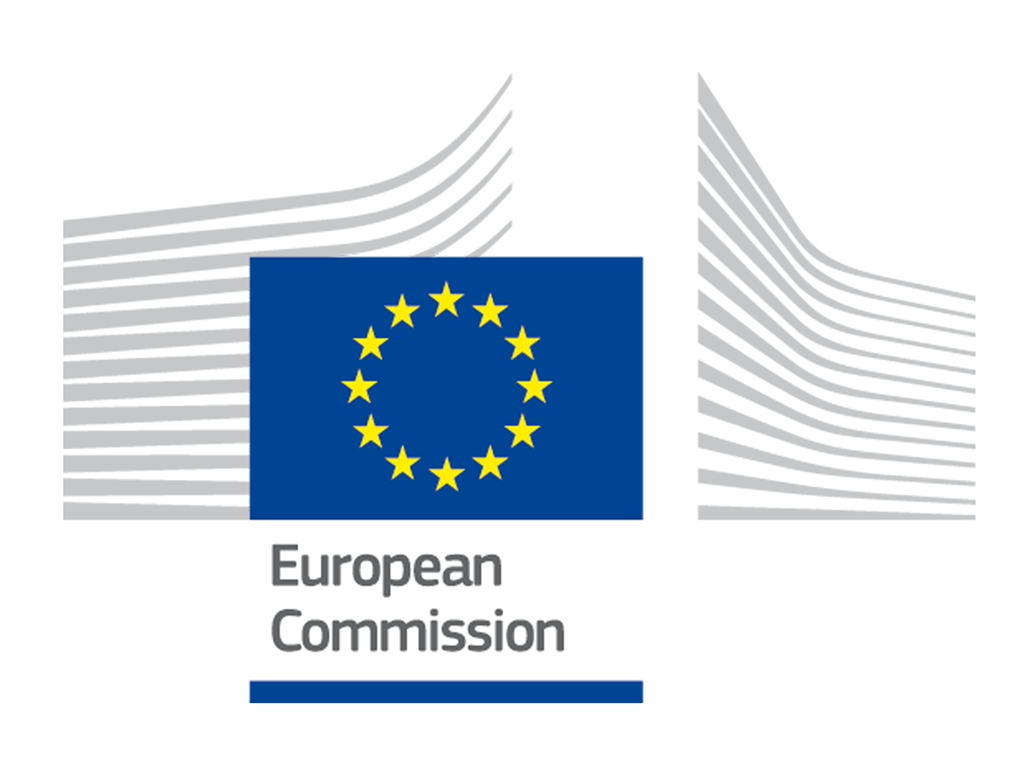Ninth Workshop on Syntax, Semantics and Structure in Statistical
Translation (SSST-9)
NAACL HLT 2015 / SIGMT / SIGLEX Workshop
4 Jun 2015, Denver, Colorado
*** [NEW] Slides and/or posters for all papers below ***
*** QTLeap Best Paper Award - €500
Prize ***
The Ninth Workshop on Syntax, Semantics and Structure in Statistical
Translation (SSST-9) seeks to bring together a large number of researchers
working on diverse aspects of structure, semantics and representation in
relation to statistical machine translation. Since its first edition in 2006,
its program each year has comprised high-quality papers discussing current work
spanning topics including: new grammatical models of translation; new learning
methods for syntax- and semantics-based models; formal properties of
synchronous/transduction grammars (hereafter S/TGs); discriminative training of
models incorporating linguistic features; using S/TGs for semantics and
generation; and syntax- and semantics-based evaluation of machine
translation.
We invite two types of submissions spanning all areas of interest for SSST:
- Extended abstracts of at most two (2) pages, including position papers,
recent work, pilot studies, negative results, etc. We encourage the
presentation of relevant work that has been published or submitted
elsewhere, as well as new work in progress.
- Regular full papers, describing novel contributions.
The need for structural mappings between languages is widely recognized in
the fields of statistical machine translation and spoken language translation,
and there is now wide consensus that these mappings are appropriately
represented using a family of formalisms that includes synchronous/transduction
grammars and similar notational equivalents. To date, flat-structured models,
such as the word-based IBM models of the early 1990s or the more recent
phrase-based models, remain widely used. But tree-structured mappings arguably
offer a much greater potential for learning valid generalizations about
relationships between languages.
Within this area of research there is a rich diversity of approaches. There
is active research ranging from formal properties of S/TGs to large-scale
end-to-end systems. There are approaches that make heavy use of linguistic
theory, and approaches that use little or none. There is theoretical work
characterizing the expressiveness and complexity of particular formalisms, as
well as empirical work assessing their modeling accuracy and descriptive
adequacy across various language pairs. There is work being done to invent
better translation models, and work to design better algorithms. Recent years
have seen significant progress on all these fronts. In particular, systems
based on these formalisms are now top contenders in MT evaluations.
At the same time, SMT has seen a movement toward semantics over the past few
years, which has been reflected at recent SSST workshops, including the last
three editions which had semantics for SMT as a special theme. The issues of
deep syntax and shallow semantics are closely linked and SSST-9 continues to
encourage submissions on semantics for MT in a number of directions, including
semantic role labeling, sense disambiguation, and compositional distributional
semantics for translation and evaluation.
We invite full papers on:
- syntax-based / semantics-based / tree-structured SMT
- machine learning techniques for inducing structured translation
models
- algorithms for training, decoding, and scoring with semantic
representation structure
- empirical studies on adequacy and efficiency of formalisms
- creation and usefulness of syntactic/semantic resources for MT
- formal properties of synchronous/transduction grammars
- learning semantic information from monolingual, parallel or comparable
corpora
- unsupervised and semi-supervised word sense induction and disambiguation
methods for MT
- lexical substitution, word sense induction and disambiguation, semantic
role labeling, textual entailment, paraphrase and other semantic tasks for
MT
- semantic features for MT models (word alignment, translation lexicons,
language models, etc.)
- evaluation of syntactic/semantic components within MT (task-based
evaluation)
- scalability of structured translation methods to small or large data
- applications of S/TGs to related areas including:
- speech translation
- formal semantics and semantic parsing
- paraphrases and textual entailment
- information retrieval and extraction
- syntactically- and semantically-motivated evaluation of MT
- compositional distributional semantics in MT
- distributed representations and continuous vector space models in MT
This year SSST-9 awarded a best paper award among papers which advance MT
using lexical semantics and deep language processing. This award is sponsored
by the European Union QTLeap project. The winners
of the prize - Maryam Aminian, Mahmoud Ghoneim, and Mona Diab, for
Unsupervised
False Friend Disambiguation Using Contextual Word Clusters and
Parallel Word Alignments - were announced at the workshop, and won an Amazon voucher
of €500.
| 08:55 - 09:00 |
Opening Remarks |
|
|
|
| 09:00 - 10:00 |
Machine Translation: Going Deep (Invited talk) [slides]
Philipp Koehn |
|
|
|
| 10:30 - 11:00 |
Coffee Break |
|
|
|
|
|
|
|
|
|
| 12:30 - 13:55 |
Lunch Break |
|
| 13:55 - 14:00 |
QTLeap Best Paper Award |
|
|
|
|
|
|
|
|
|
|
|
| 14:40 - 14:45 |
Predicting
Prepositions for SMT [slides]
Marion Weller1, Alexander
Fraser2, Sabine Schulte im
Walde3
1Universität Stuttgart,
2Ludwig-Maximilians-Universität München,
3University of Stuttgart |
|
|
|
|
|
| 15:30 - 16:00 |
Coffee Break |
|
|
|
|
|
|
|
Submission deadline for papers and extended abstracts: 15 Mar 2015
Notification to authors: 24 Mar 2015
Camera copy deadline: 3 Apr 2015
Papers will be accepted on or before 15 Mar 2015 in PDF or Postscript
formats via the START system at https://www.softconf.com/naacl2015/ssst-9/.
Submissions should follow the NAACL HLT 2015 length and formatting requirements
for long papers of eight (8) pages of content but allowing any number
of additional pages of references, found at http://naacl.org/naacl-pubs/.
Camera ready final versions will be accepted on or before 3 Apr 2015 in PDF
or Postscript formats via the START system at https://www.softconf.com/naacl2015/ssst-9/.
Papers should follow the NAACL HLT 2015 length and formatting requirements
for long papers of eight (8) pages of content but allowing any number
of additional pages of references, found at http://naacl.org/naacl-pubs/.
This workshop is partially funded by the European Union QTLeap project (FP7-ICT-2013-10-610516).


Please send inquiries to ssst@cs.ust.hk.
Last updated: 2015.06.16

